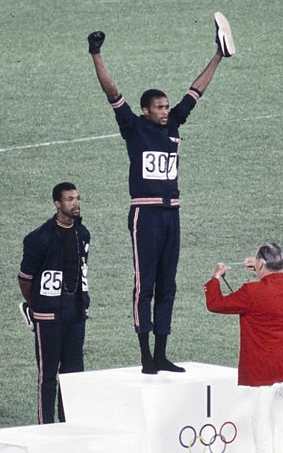Lakers and Celtics. Magic and Bird. Coke and Pepsi. Marvel and DC.
Whether it’s basketball, movies, soda or a million other products, some of the best things come from rivalries, and that definitely includes sneakers.
Back in the late 1940s, two brothers in Germany found themselves unable to work together any longer, so they split up the family business: a shoe manufacturing company called Geda.
Adolf Dassler went on to found adidas, while his brother Rudi started PUMA. The two brothers’ bitter feud continued on in business, with their brands rising to become two of the biggest sneaker companies in the world.
By the time the late 1960s rolled around, adidas was starting to gain traction on college and professional basketball courts with its shell-toed Superstar model, a sneaker that had just as much lifestyle appeal as it did athletic.
PUMA, not to be left behind, countered in a big way by bringing fashion into a category that was previously heavily focused on function over form.
The PUMA Suede, which arrived in 1968, was groundbreaking in its use of materials. Until then, sneaker uppers were only really made from leather or canvas, but Rudi Dassler’s designers flipped the script. They wanted to create something softer, stronger and for the streets — and they did that to great success.
The iconic nature of the PUMA Suede was set in stone later that year, when American athletes Tommie Smith and John Carlos took to the medal podium at the Summer Olympics in Mexico City.
The unforgettable image of the two athletes, shoeless to represent Black poverty and with their gloved fists skyward in a “human rights” salute, came to define the Games.
But before his right-handed salute, Smith — who won gold in the men’s 200m dash in PUMA shoes — held aloft something in his left hand: a black-and-white PUMA Suede sneaker.
(Image courtesy Wikipedia)
The Suede got even more cultural clout in the early 1970s when PUMA signed New York Knicks superstar Walt Frazier to its roster.
Not only did the brand want “Clyde” to rock its sneakers, it wanted his creative input. Frazier liked the OG Suede silhouette but requested a wider, lighter and more flexible version for on-court and off-court wear, and the PUMA Clyde was born.
Over the years, the Suede was the blueprint for several PUMA lifestyle models, including the Basket, the PUMA ‘S’ (for “skate”) and the First Round, extending the model’s versatility and lifespan and keeping it a relevant and popular pair of kicks for more than half a century.
All that from a little brotherly rivalry.
Now, to celebrate the heritage of its timeless sneaker, PUMA is releasing a new collection of the Suede in Men’s, Women’s and Kids’ sizing.
Grab the shoe that’s been to the Olympics, the NBA court and the streets when the PUMA Suede releases in full family sizing at finishline.com on 2/19.
We’ve recently partnered with Afterpay, giving you the option to cop now and pay over time. Take advantage and build the closet of your dreams.
Further reading
50 Years On, the PUMA Suede Is Still Dominating Culture (Complex)Politics, Power, Rihanna: A Colourful History of the PUMA Suede (Acclaim)
The post Form and function for over 50 years: The PUMA Suede appeared first on The Fresh Press by Finish Line.

